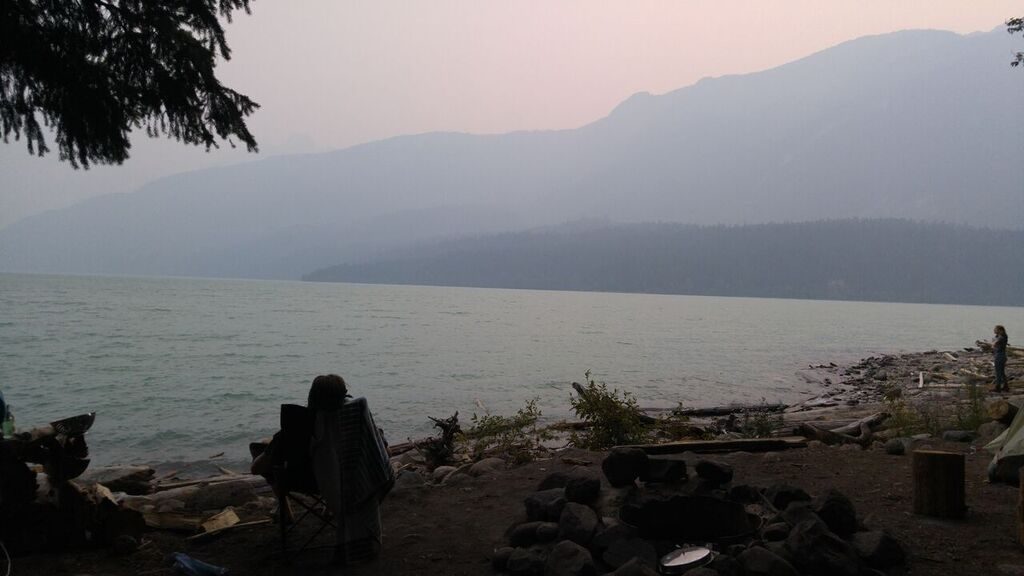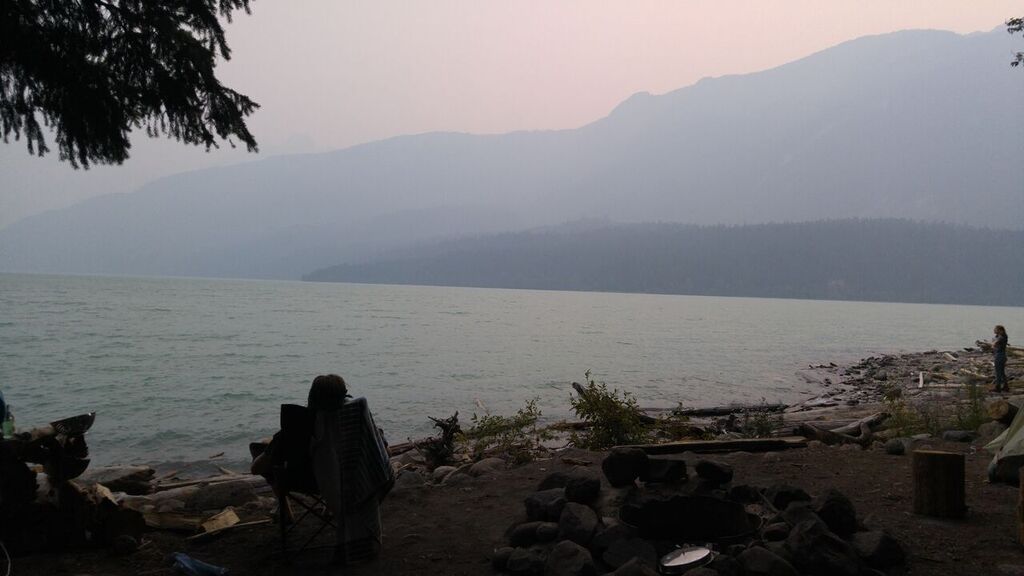
My first archaeology dig, the things I learned, and the people I met
By Greg Waldock, Staff Writer
There was once a village of great pit-houses on the lush eastern shores of Lillooet Lake, nestled between a bright blue river and a clear bay.
Around two hundred and fifty years ago, according to a local Lil’wat oral tradition, smallpox struck the village. It left the people vulnerable to attack. The survivors of the smallpox wave then buried their dead in their great pit-houses and burned them down, sealing the contaminated bodies away forever. For centuries, the village was nearly forgotten, just another casualty of the plagues that rocked British Columbia in the mid-1800s.
Sadly, yet unsurprisingly, a rec site was accidentally built over it. That was the campsite we reached to start our dig in the village, in early August this year. The Lil’wat First Nation, in cooperation with Douglas College, initiated a research dig to prove the validity of their oral traditions, and to strengthen land claims in the area. Dr. Bill Angelbeck, professor of anthropology at Douglas College, led myself, two other Douglas students, his daughter, and her friend, along the four-hour drive to the ancient village. Everything was now covered in a thick blanket of smoke. The site was close enough to the huge fires in the interior that we didn’t see the sun all week, but it did keep the lake amazingly warm.
As we relaxed around the propane stove, Bill told us about the Lil’wat leader of the expedition: The notorious Johnny Jones. He’d been a First Nations activist for decades. He was a one-man blockade to stop loggers in Lil’wat territory, staring down a bulldozer after all the other protestors had been arrested. He was at Gustafson Lake, against one of the largest police sieges in Canadian history. As I wrapped myself up in my sleeping bag that night, I couldn’t help but wonder who the intimidating man would be. Would he hate me because I’m a white colonizer (or studying anthropology)? Would my very presence at this smallpox-wracked village be an insult to him?
I got my answer the next morning. His bright red pickup truck rolled into the campsite, and out stepped the legendary Johnny Jones. He shook all our hands, accepted a cup of coffee, told a joke, and immediately hauled gear off to the pit-houses. Johnny was an absolute ray of sunshine. Throughout the week he would sift all the dirt we dug up through large wooden screens, keeping us motivated with stories, wisdom, and humour. We were later joined by Hiroko, a wonderfully happy Japanese woman and her three half-native, half-Japanese sons.
It was on the second morning that we made the largest discovery of the dig—large burned roof beams, criss-crossing the pit-house. Naturally burned roof beams usually just dissolve into carbon, but these were basically intact, which helped confirm the oral tradition about intentionally collapsing the roofs. The feeling of brushing dirt away from a real, genuine, man-made object was indescribable, and tearing away pieces of the roof beams for carbon samples and deeper digging reminded us that though archaeology is all about exciting discoveries, it’s also inherently destructive. We destroy anything we find, at least in some way.
When the dig ended a few days later and we started the long haul back home, I couldn’t help but be reminded that Mount Currie, Lillooet, the small villages around the lake; they all had massive Lil’wat or other First Nations populations, and it was very clearly indigenous territory. It was my first exposure to this living, breathing culture in my own province that had an undeniable and physical connection to the history of the land. I’d uncovered a very small part of that history myself, with my own two hands. Canada may be celebrating its 150th anniversary this year, but this was a humbling reminder that this place is far larger and far older that I’d ever realized.


